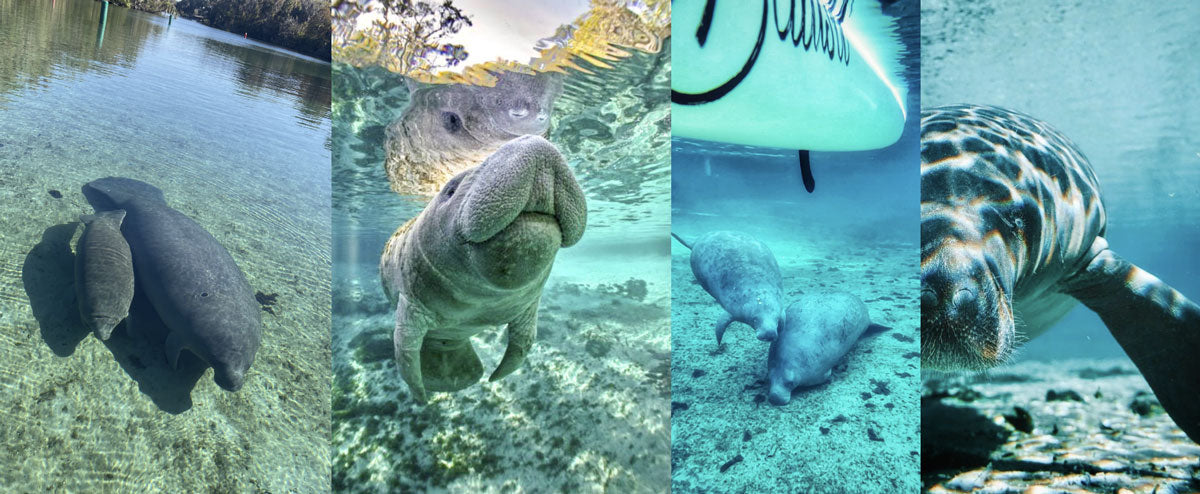Stand Up Paddle Perspectives
By Jaime Sawczyn

Stand-up paddle boarding (know as SUP) offers a completely different perspective. High above the surface, you can peer into the clear waters to see the animals that make their homes near the shore. SUP is a meditative form of transportation, easy to learn, and a great way to explore oceans, rivers, lakes, canals, and ponds.
I was immediately drawn to paddle boarding. It is an accessible, fun way to be on the water, plus it combines two of my great loves: shelling and exploring!

I have three hard boards and my favorite trips are out to a sand bar where I seem to find most of my shelling treasures. Low tide is the best on the Florida East Coast and there are so many treasures to be found. Paddle boarding is a really fantastic way to switch off, explore, and have an adventure.
There is nothing more calming than being around running water, which releases negative ions that increase levels of serotonin, release stress, and boost energy. No two journeys are ever the same.

Most of my adventures are on the First Coast, Florida’s northeast coast along the Atlantic Ocean, but I have ventured down the coast and visit beaches to the south frequently. I have discovered secret spots off the beaten path that I can visit and enjoy without crowds. My favorite spots by far are springs, especially during manatee season when the water is crystal clear and the manatees seem much more curious.
The marine life you see on a paddle board is amazing and nothing beats a manatee pulling up close to your board or following you as you paddle down the springs. Paddling out with my three boys has allowed our family mini-adventures. We love exploring our local coasts and rivers, finding secluded beaches, forgetting about our worries, and just being ourselves. We relax and go with the flow.

Manatees are the gardeners of shallow, slow-moving waters. They eat the vegetation in our waterways, which prevents overgrowth, and their waste is an important source of fertilization for seagrasses and other submerged aquatic vegetation. Manatees consume water hyacinth and other invasive species, improving the health of the ecosystem. Surprisingly, in recent years the Florida manatee is no longer strictly an herbivore. Because of a shortage of vegetation due to pollution, manatees are now known to shuck oysters and clams, classifying them as omnivores.

Manatees were taken off the endangered list in 2017 and moved to the threatened list. However, due to the loss of food sources, 2021 was the worst year yet for manatee deaths, when about 10 percent of the Florida manatee population died. Manatees face other threats, including collisions with boats, habitat loss and degradation, fishing gear entanglement, human harassment, exposure to red tide and other harmful algal blooms, and climate change. But the greatest long-term threat is the loss of warm-water habitat.
We can help these friendly and curious animals by obeying speed limit signs and watching for manatees while boating near their habitat. As on every shoreline, be sure to dispose of all trash properly, and pick up any that you find. You can support marine organizations that are working to save the manatees.
Learn more about seashells
Learn more about identifying shells, the history of seashell collecting, great shelling beaches, and the lives of the animals who make the shells we find on the beach. Articles ›
No live shelling: Be sure shells are empty and sand dollars, sea stars, and sea urchins are no longer alive before you bring them home.
Learn more about the best beaches and destinations for sea and beach glass, seashells, fossils, rocks, and more beach finds around the world. Articles ›
This article appeared in the Beachcombing Magazine March/April 2022 issue.








